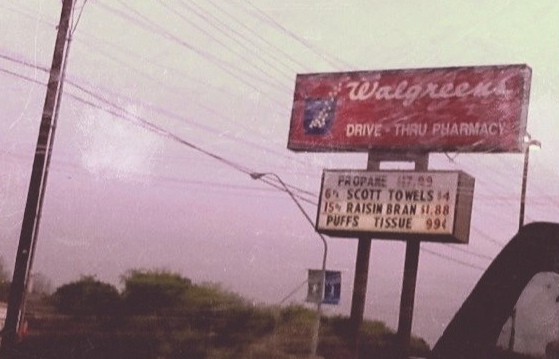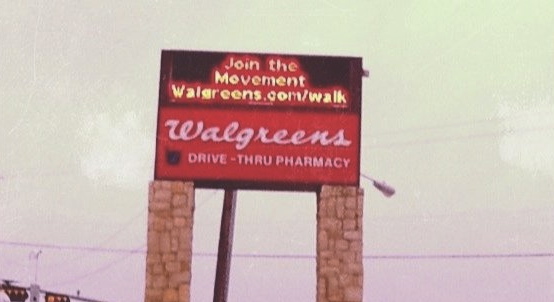Yesterday, I wrote my initial post on the technology I experienced at Great Wolf Lodge. Today, after talking with the head of IT, I’m able to give more detailed information and insight on the operation. Thanks to Keith for meeting with me this morning. Here’s what I learned:
1. The technology in the wand is NOT RFID. It behaves a lot like RFID, but it’s a proprietary technology that includes infrared and a chip. The chip is programmed to the user and keeps an ongoing history of the user, not the wand. This is important because if someone loses their wand, they can easily get a replacement and have it re-programmed to their user history. According to my discussion this morning, the primary reason that RFID was not used in the wand was proximity. The game-makers wanted the wand to work within proximity, not through touch. Infrared has a wider range than RFID.
The technology here isn’t important. What is important is what the technology enables – a personalized experience that continually drives you deeper into the brand (in this case, the game). This particular technology is smart enough to keep a running history of personal achievement. That’s cool. And that’s the power of what any sort of interactivity provides in this blank canvas called Out-of-Home.
2. Active RFID is a whole different ballgame than passive RFID. All of the RFID that I experienced at Great Wolf Lodge is passive RFID. In yesterday’s post, you can see how powerful it is. Active RFID enables some cool things in this environment, particularly around tracking and safety. If those wristbands were active RFID, they would essentially become tracking beacons that could show where anyone was on the property at any given time. At a resort like this, can you imagine how easy it would be to find a lost child or a lost parent? It has a lot of advantages and it’s something that GWL continues to explore. Thing is, active RFID requires large antennas to pick up the signals. So, you can imagine what kind of operational challenges this presents.Being a theme-park, they have options. Turn them into large trees? It could happen.
3. They are always looking to innovate. But they don’t want to add something on that doesn’t utilize the existing technology. They want to make sure it works with what’s already going on. I was glad to hear that they are constantly looking for ways to innovate, but this whole thing didn’t surprise me. A large business like this would be foolish to not filter additional technology through what they’ve already got. And for GWL, who purposefully wants to provide an unparalleled level of convenience to their guests, they don’t want to risk complicating the experience by latching on to the latest, greatest.
4. Digital signage is not important to them. There are posters everywhere. They line the hallways. They’re in the usual places like elevators, the lobby, and the waterpark. I think digital signage could help in some places – menu boards or waiting in lines (for rides) – but other than that, I don’t think it makes sense. GWL is obviously a closed-in space, so they don’t advertise anything other than what’s going on in their own house. What they have now – lots of static posters – is just fine for them. I think if they felt confident in a way they could use digital signs with their existing technology, and it added a tremendous difference in value to what they already have – they’d explore it even more.
All of this technology and the entire experience it enabled just inspires me even more about the potential of creating solutions outside of the home. There are many ways to achieve different levels of interactivity, but the interactivity is the thing. It can make experiences easier, or better, or more convenient, or more fun. Thing is – it’s an experience.
And if you’re into this sort of thing, you can find one at Great Wolf Lodge.
















